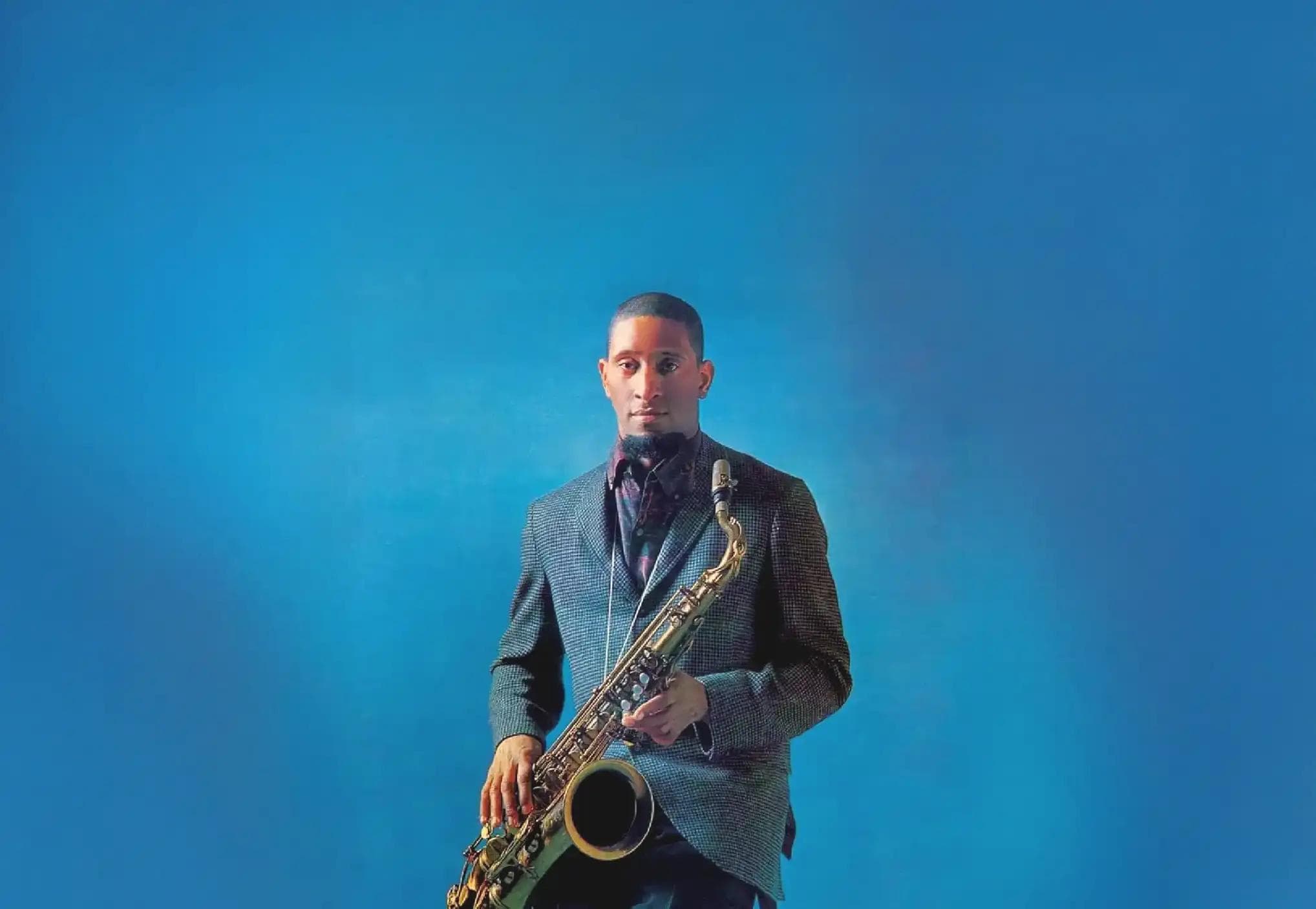4

The Bridge
Sonny Rollins, Jim Hall, 1962.
These recordings will forever be among my favorite jazz tracks, but the story behind this record—the journey taken by Rollins himself—is an inspiration to most who learn of it, especially musicians who find themselves stepping back. In 1959, at the height of his career, Sonny Rollins made an unusual decision to take a break from public performances and recording, feeling the need to hone his craft away from the spotlight. During this period, he was often found practicing on the Williamsburg Bridge, a retreat that provided solitude and an escape from the pressures of the scene. This practice spot inspired the title of his comeback album, The Bridge.
The record was tracked in February 1962 and released by RCA Victor. It was Rollins' first release for the label and was produced by George Avakian and Bob Prince, who provided Rollins with the freedom to explore his artistic visions. The album features performances by guitarist Jim Hall, bassist Bob Cranshaw, and drummers Ben Riley and Harry T. Saunders. This lineup- particularly the unusual choice by Rollins of guitarist rather than pianist- set the album apart from many other jazz recordings of the time.
As an eternal fan of Hall—and a perpetually near-competent jazz guitarist myself—this record exemplifies the best of what the instrument can achieve, and what it can offer in a collaborative setting. Weaving through cleverly timed stabs of accompaniment, and peppering the record with blistering lead lines, there is a near-perfect balance in Hall’s work here: talkative, but stylishly restrained; supportive of the leading brass in tone, yet eager to fill gaps with melodic, arpeggiated playing I can’t remember actively memorizing, but, could probably sing along to in full.
The Bridge was more than a dynamite record; it was a profound statement of personal growth. The album's release during the early 1960s, a period of significant social and musical change, positioned Rollins as a pivotal figure in jazz. His return was not only a personal triumph but also a boost to the genre, which at the time was increasingly competing with rock and roll for audience attention. The album not only marked his successful return to the jazz scene but also set new standards in the genre. It is essential listening for anyone interested in the evolution of jazz and the enduring legacy of one of its greatest practitioners.